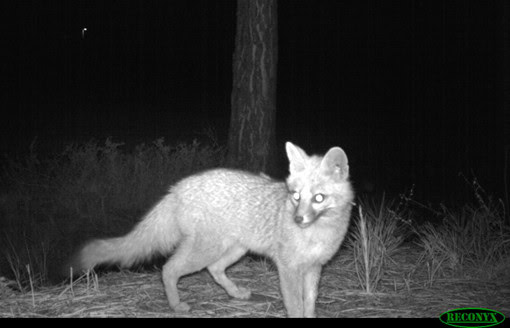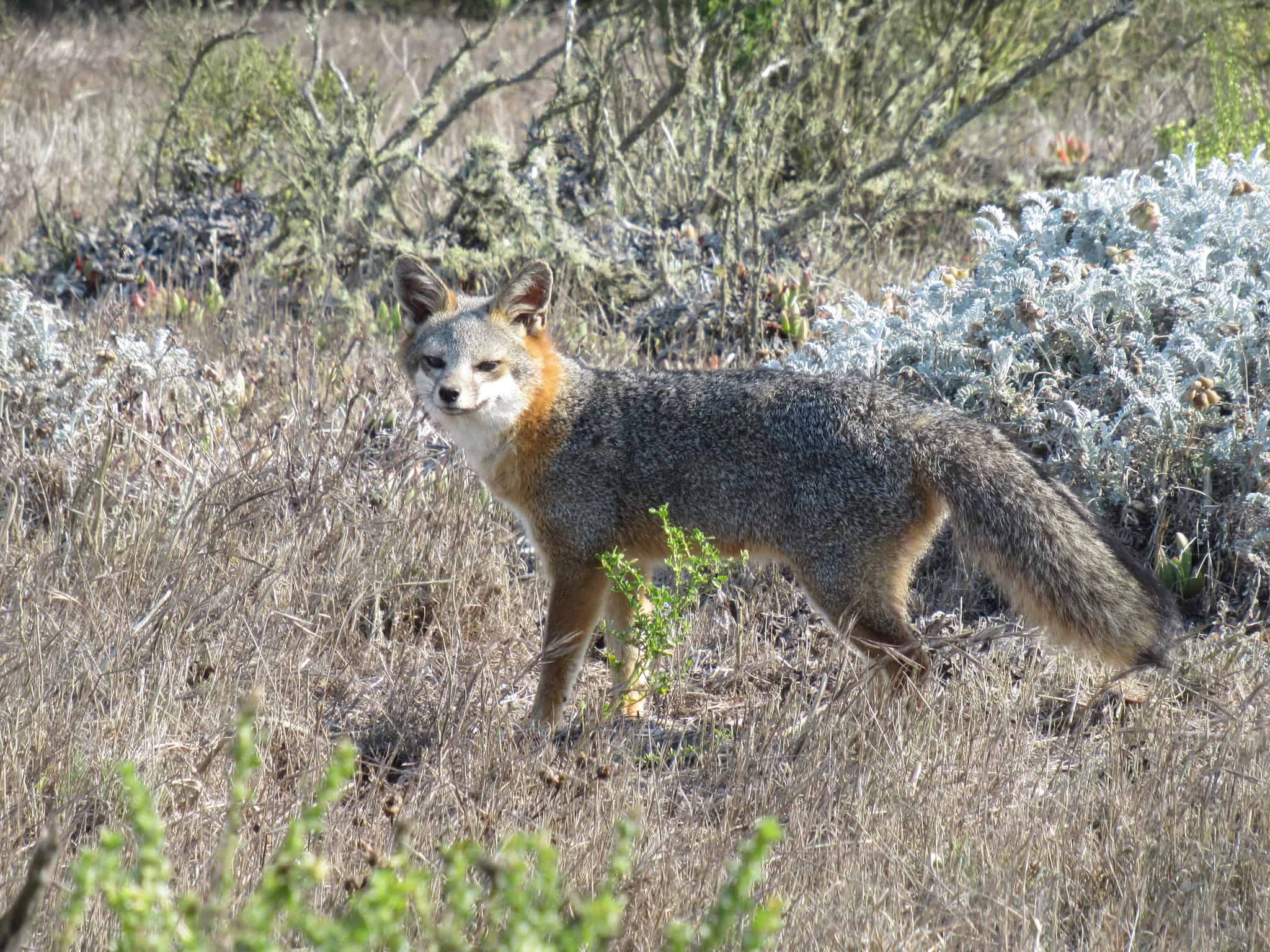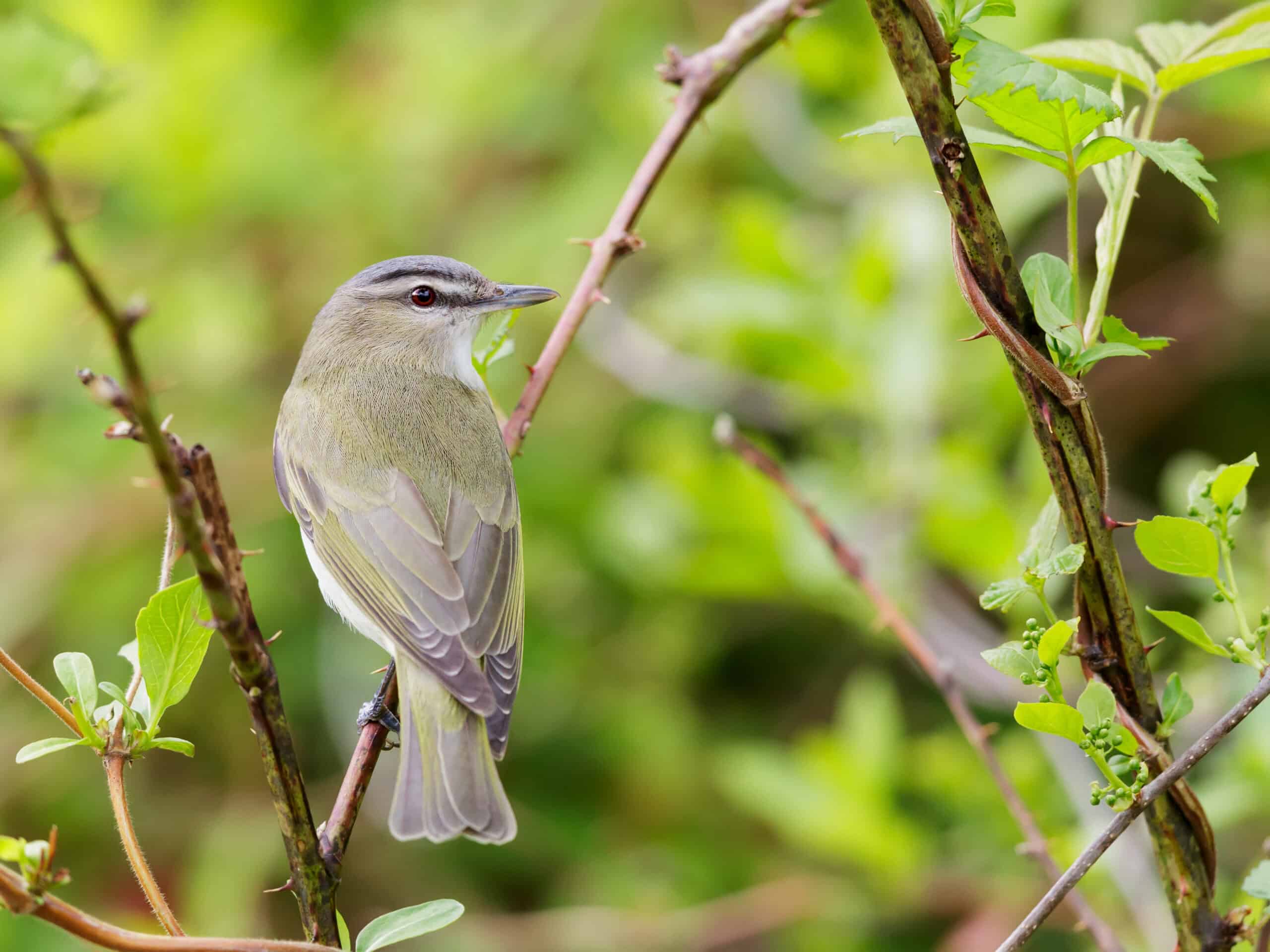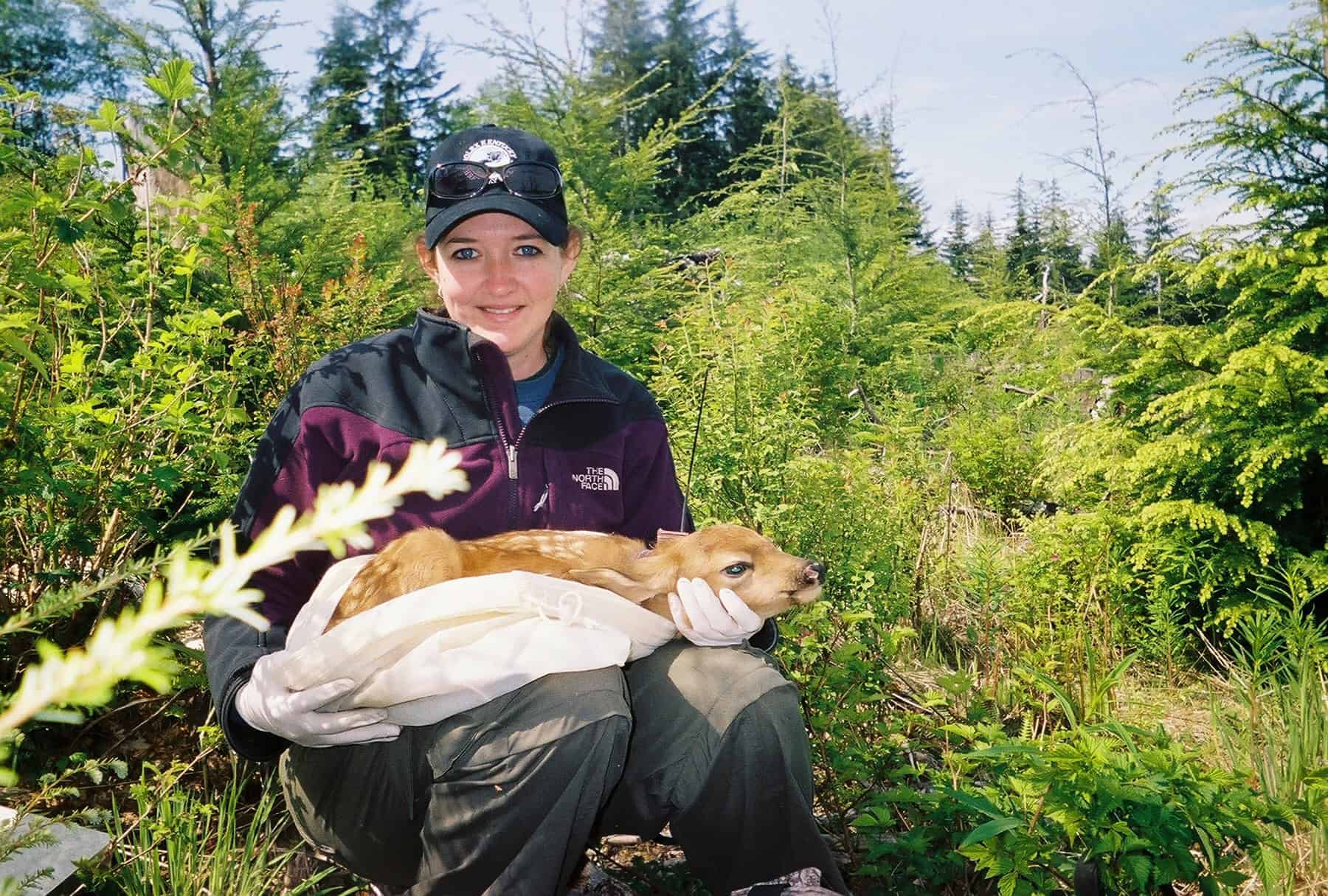Share this article
Wildlife Featured in this article
- Big brown bat
- Raccoon
- Striped skunk
- Gray fox
Do golf courses help rabies spread in Arizona?
Researchers wondered if artificial ponds there attracted species that host the virus
Rising numbers of rabies outbreaks in Arizona have prompted researchers to wonder whether golf courses are facilitating disease transmission by attracting high numbers of host species like bats, raccoons, foxes and skunks.
Lias Hastings, a wildlife biologist with the U.S. Department of Agriculture’s Wildlife Services, and his colleagues, “thought all three mesocarnivores would show high activity” around golf courses.
But their findings were a bit more complicated.
Scientists have recorded a number of rabies outbreaks in northern Arizona, with the earliest in 2001 and the most recent in 2018. While raccoons largely drive rabies transmission in eastern North America, the disease dynamic is different in Arizona. Gray foxes (Urocyon cinereoargenteus) and striped skunks (Mephitis mephitis) in the state primarily transmit the virus. Big brown bats (Eptesicus fuscus) in the state also carry a unique strain of the virus, and researchers believe these flying mammals may be transmitting the disease to foxes, raccoons or skunks.
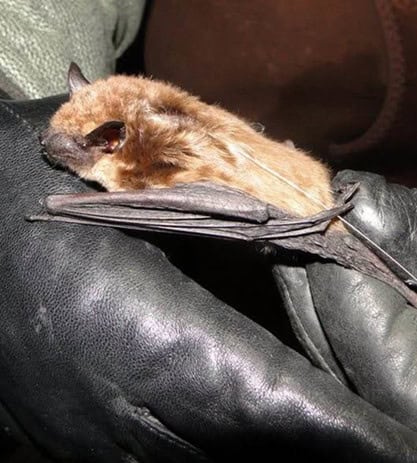
It’s unclear where these species may come into contact, though. Some radiotelemetry data showed that bats and skunks both used the same human structures. But Hastings and his colleagues also wondered whether artificial ponds in golf courses may be hot spots for cross-species rabies transmission, attracting the species in an otherwise dry ecosystem around Flagstaff.
Research on the greens
In a study published recently in Urban Ecosystems, Hastings and his colleagues set up pairs of trail cameras and sound recorders around golf ponds and adjacent dry areas in Flagstaff.
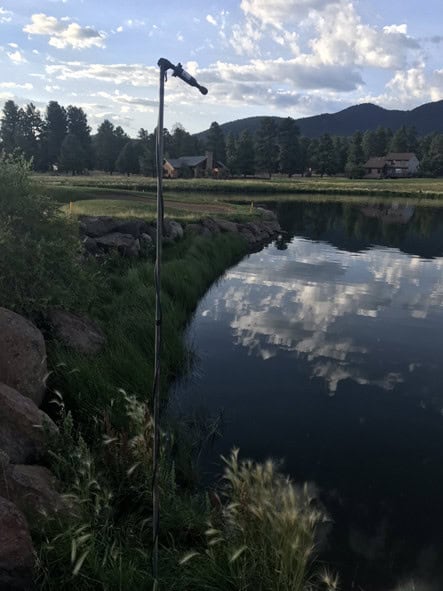
After collecting two years of data, the team detected big brown bats more often around these ponds. Raccoons also used areas close to water sources more than the dry areas. But striped skunks and gray foxes were surprisingly found less often around the ponds.
Hastings said that these results are difficult to interpret—at least regarding their importance to rabies transmission. But the fact that raccoons used these ponds at high levels shows that this species may be more important to rabies transmission in the Southwest than researchers previously believed. It’s also possible that as housing and human development increase in Arizona, raccoons will play a greater role in rabies transmission there, similar to in the eastern U.S.
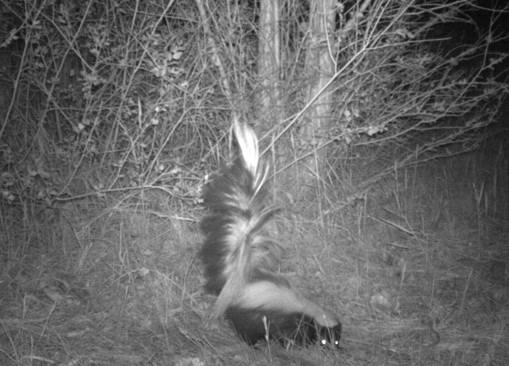
It’s also possible that the ponds are still bringing bats, foxes and skunks into closer contact—just not directly to the water. Foxes and skunks may be using golf sheds near ponds or other structures, for example, burrowing underneath to create dens. Bats may come into more frequent contact with these mesocarnivores in these areas.
Researchers still aren’t clear how rabies transmission usually happens in Arizona. They have found bats with bloody faces in mist nets or struggling on the ground in other parts of their range, Hastings said, suggesting that attacks between these creatures may be causing the spread of rabies. Mesocarnivores may also contract the disease by eating dead, infected bats, or bats may attack them directly while they’re alive.
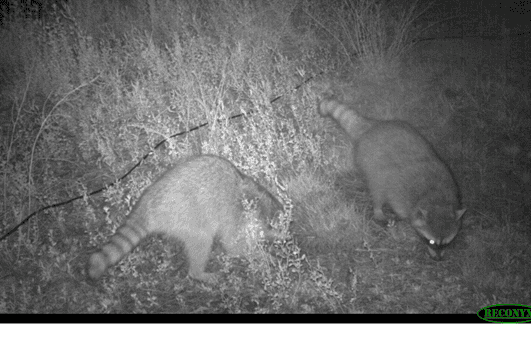
Header Image: Gray foxes are one of the primary transmitters of rabies in northern Arizona. Credit: Lias Hastings



